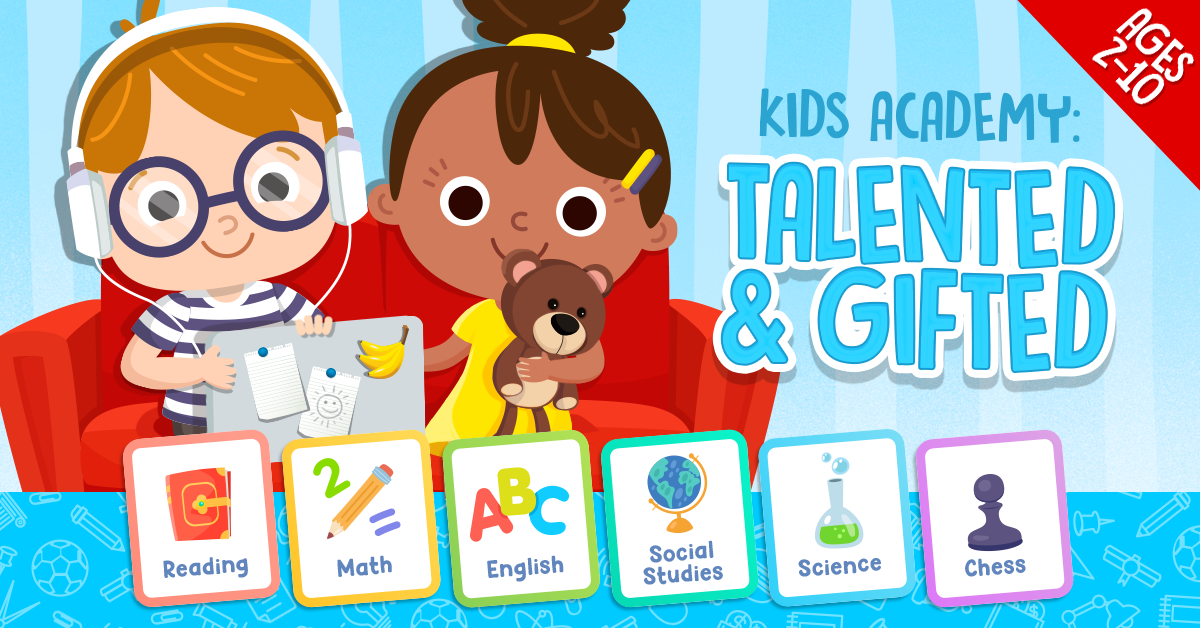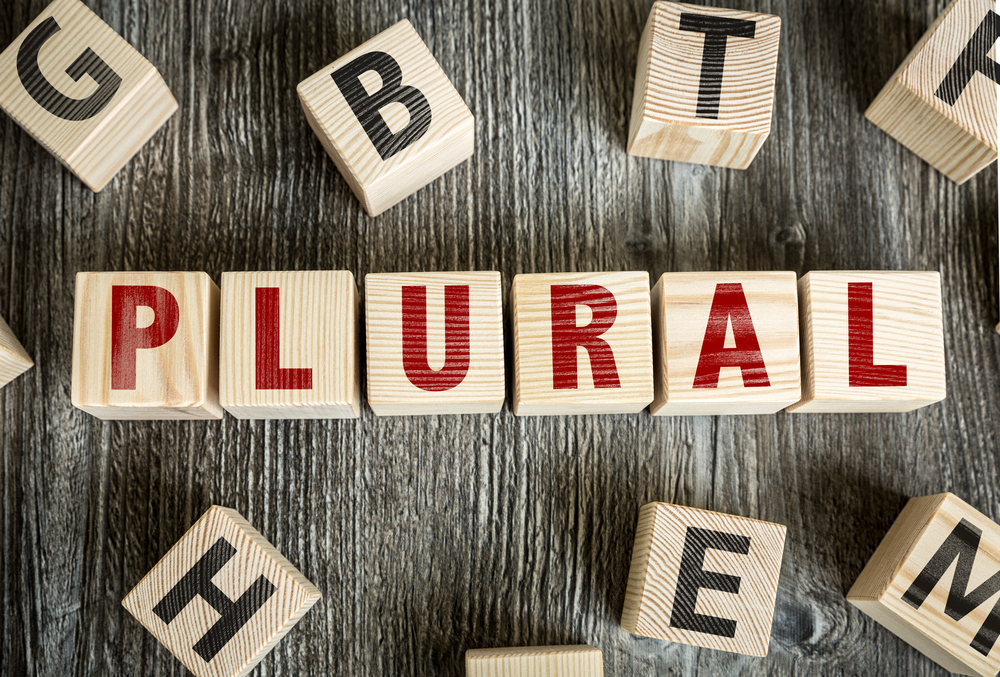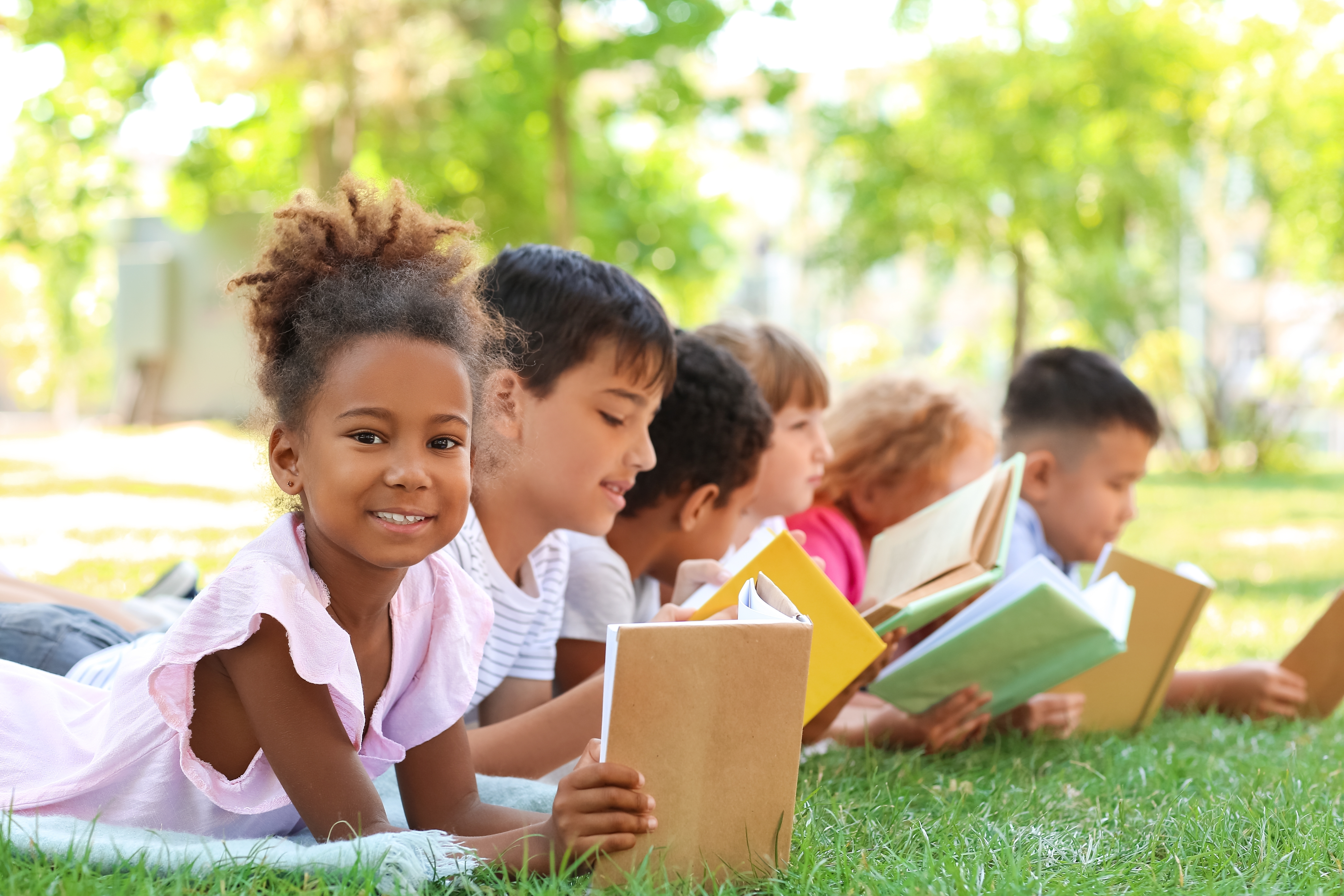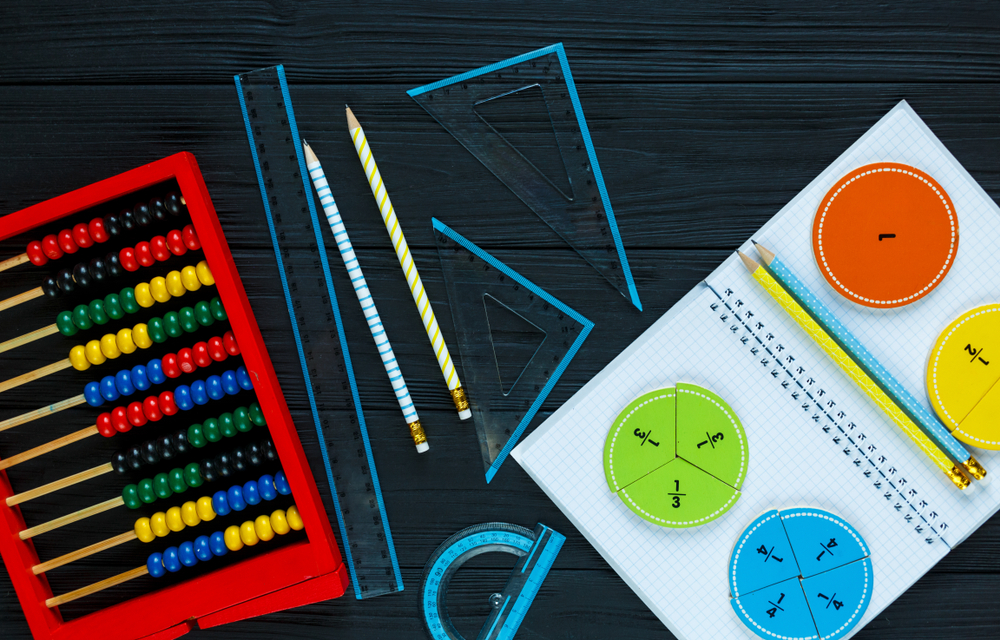Rhythm recognition Worksheets for Kids
2 filtered results
-
From - To
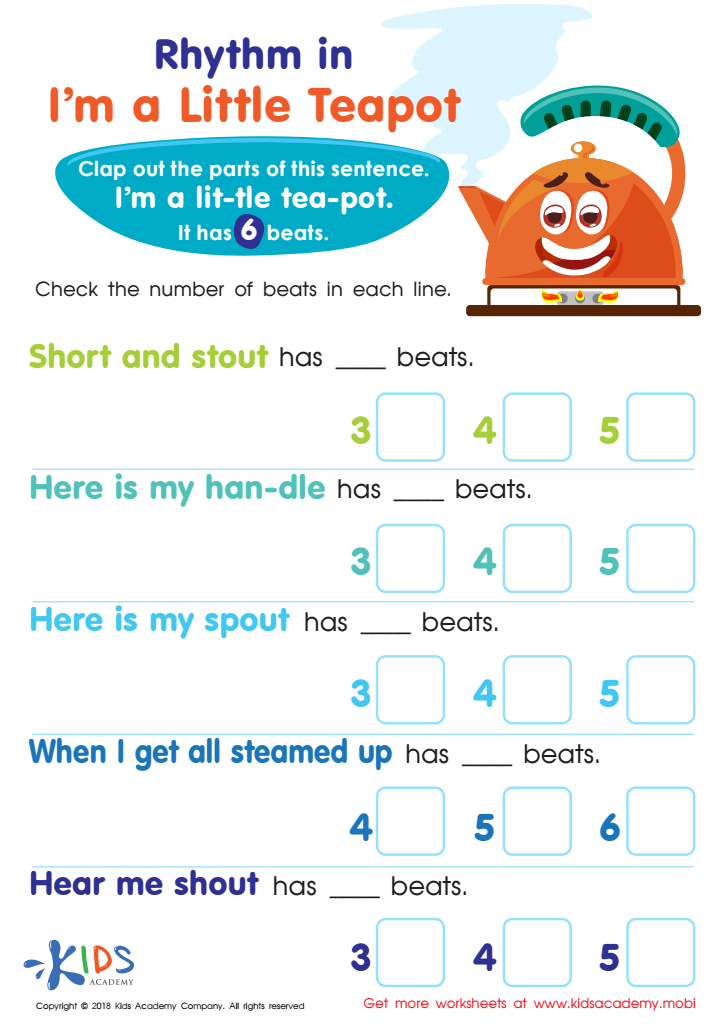

Rhythm in I'm a Little Teapot Worksheet
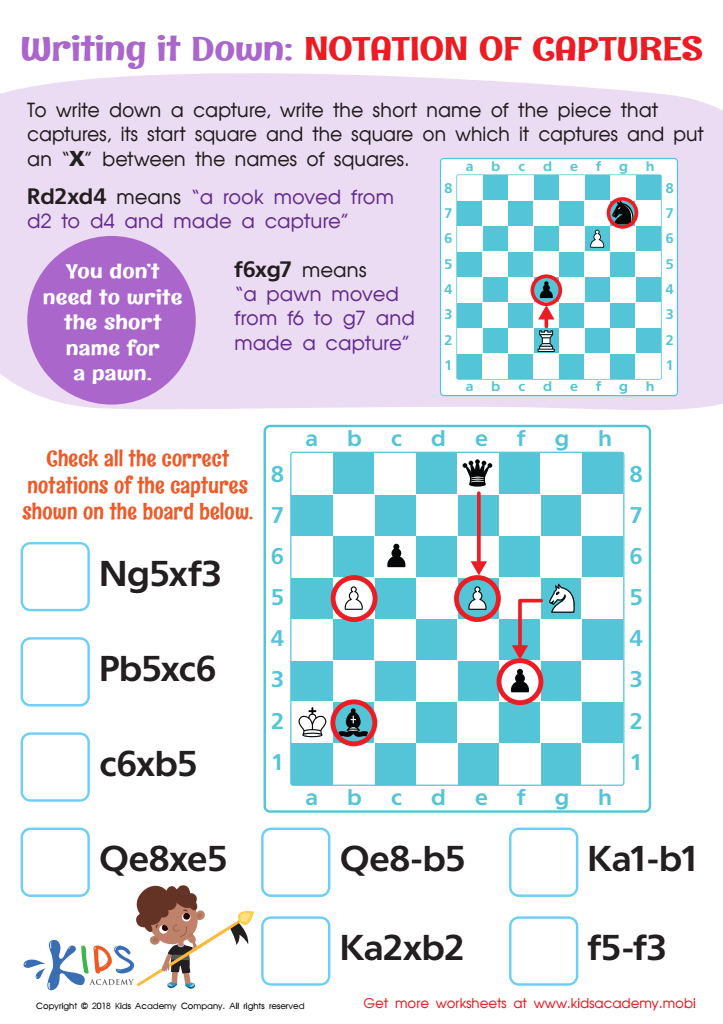

Notation of Captures Writing it Down Worksheet
Question/Answer
How to train the Rhythm recognition skill in Grade 2 students learning about Grammar?
To train rhythm recognition in Grade 2 students learning about Grammar, incorporate clapping and tapping exercises matching the syllables in words and sentences. Use rhythmic poetry and songs emphasizing the beat and structure of language. Engage students in creating their rhythmic sentences and poems to reinforce the connection between rhythm and grammatical patterns.
How to test a Grade 2 student’s Rhythm recognition skills?
To test a Grade 2 student's rhythm recognition skills, use simple rhythm patterns involving quarter notes, eighth notes, and rests. Play or clap a sequence, then ask the student to replicate it. Also, present visually written rhythms and have the student clap or play them. Incorporating call-and-response exercises and using rhythm matching games can further assess their skills effectively.
How does the mastery of the Rhythm recognition skill affect a student's performance at an early age?
Mastery of rhythm recognition at an early age significantly enhances a student's cognitive, motor, and academic abilities. It improves language skills, memory, attention span, and mathematical understanding. Rhythm recognition also fosters better physical coordination and emotional expression. These benefits together contribute to a well-rounded development, positively impacting overall academic performance and personal growth.
 Assign to the classroom
Assign to the classroom


